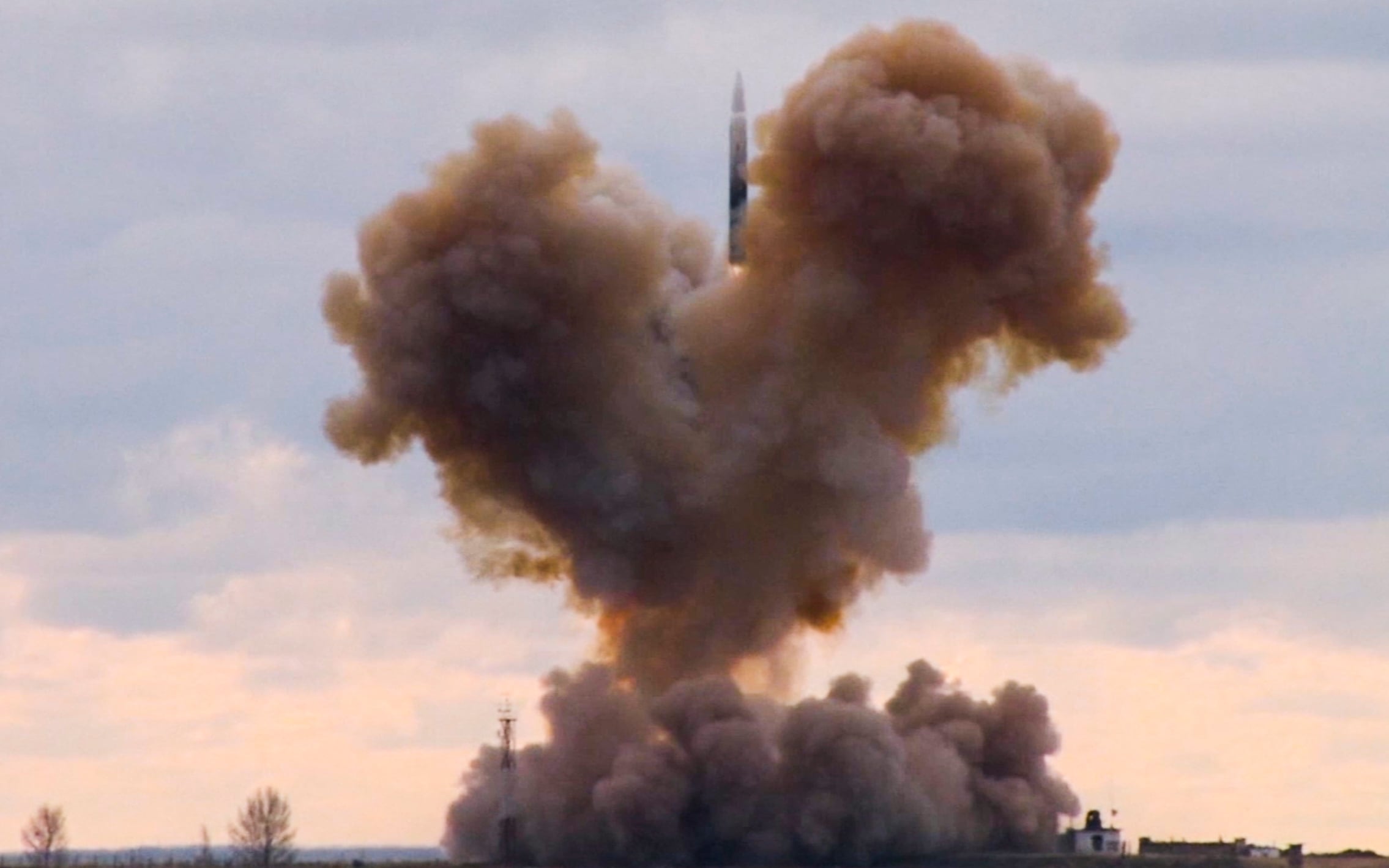Congress wants the Missile Defense Agency to take the lead on developing a space-based sensor layer capable of tracking hypersonic weapons, despite a number of objections made by the Trump administration earlier this year.
The administration claimed in a Sept. 4 letter that selecting a lead agency for the sensor layer this early “would limit DoD’s ability to establish the most cost-effective missile defense architecture for the nation,” but the conference committee apparently brushed those concerns aside to place the project squarely in the hands of the MDA in their report on the annual National Defense Authorization Act, released Dec. 9.
RELATED

The Hypersonic and Ballistic Tracking Space Sensor would be a new addition to the nation’s missile defense architecture, supplementing the current Space-based Infrared System and the future Next Generation Overhead Persistent Infrared system in detecting and tracking ballistic weapons from space. Unlike those two systems, however, HBTSS is specifically designed to detect and track hypersonic weapons as well.
Compared to traditional ballistic missiles, hypersonic weapons are faster, maneuverable and dimmer when viewed from space. Both SBIRS and Next Gen OPIR were designed for ballistic missile threats and are ill suited for tracking the dimmer, faster targets presented by hypersonics. HBTSS meets that challenge in two main ways. First, unlike the two previous systems operating in geosynchronous orbit, HBTSS will be located in low-Earth orbit — far closer to the action. Being that much closer allows them to overcome the dimness of hypersonic threats in order to effectively track them. Secondly, the HBTSS sensors are meant to pass information from satellite to satellite, allowing uninterrupted tracking even as the hypersonic weapons move quickly out of view of any one satellite.
RELATED

The fate of the sensor layer has been up in the air for much of the year. The MDA didn’t include the effort in its fiscal year 2020 budget, but listed it among their unfunded priorities in a report to Congress, asking for $108 million for the project. Authorization for that funding was included in both the House and Senate versions of the legislation, and unsurprisingly has been included in the conference report.
To date, HBTSS has been a combined effort split between multiple organizations — primarily the MDA, the Space Development Agency and the Defense Advanced Research Projects Agency. While the MDA is in charge of the actual payload, DARPA’s Project Blackjack has served as a prototype effort for the design of the new sensor layer. Meanwhile, the SDA was established earlier this year to build a new multilayered space architecture in low-Earth orbit, of which HBTSS would comprise one layer.
The dividing issue between the two legislative bodies was whether to put the MDA firmly in charge of the operation or continue to let it develop between the MDA and the Space Development Agency, an organization stood up earlier this year to create a new space architecture comprised of hundreds of small satellites providing a variety of capabilities in low-Earth orbit. While the Senate wanted to have the MDA take the lead on development and deployment of HBTSS, the House supported a coordinated approach with responsibility shared between the MDA, the SDA and the Air Force.
“This is one of the interesting boundary cases that is going to keep coming up between what do you give to the space service and what do you keep in the other agencies and services,” said Todd Harrison, director of defense budget analysis at the Center for Strategic and International Studies. “In this case, the MDA had already been working on the payload, and so I think there was a lot of angst in taking the MDA’s work on that and giving it to another organization where it might lose some momentum.”
The conference report comes down on the Senate side of the equation, directing the secretary of defense to assign primary responsibility for the development and deployment of HBTSS with the MDA. The legislation would also require the secretary to submit a plan for how the agency will work with the SDA and the Air Force to develop and integrate the payload.
Nathan Strout covers space, unmanned and intelligence systems for C4ISRNET.






